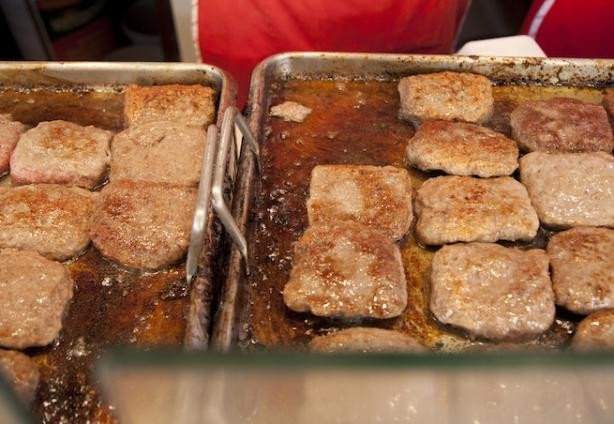Believe it or not, over two million people spend some time at the fair during its 20-day residency in the Glacis. Famously, the fair was originally a livestock market held on the St.-Esprit plateau in the 14th century. Its founding father was John the Blind, King of Bohemia and Count of Luxembourg.
A street in Limpertsberg, near the modern day site of the funfair is named after him--Jean l’Aveugle en français, Jang de Blannen op Lëtzebuergesch. The fair began on the eve of St. Bartholomew Day (24 August) and lasted eight days.
Nowadays the fair lasts more than twice as long and the only livestock you will see are the sheep that accompany the band at the traditional opening ceremony and some sad looking donkeys taking kids on a ride.
It is primarily a family day out, and not cheap when parents add up all the rides, food and drink they have to fork out for. The sound of thrilled shrieks, the hiss of hydraulic brakes and the repetitive thump of loud music, the smell of fried food and the dazzling lights are an assault on the senses, but should be experienced at least once every summer--if only for the people watching.
The traditional meal is fish and chips, and a take away portion of Grompererkichelcher, fried potato cakes, is obligatory. But these days visitors are just as likely to wolf down a pitta kebab or a pot of Thai stir fry as munch on a Luxembourg sausage, burger or pork chop.
The grilled meat options are notorious for dripping fat and mustard or ketchup all down the diner unless they are wised up enough to take the Schueberfouer stance, which involves standing with feet apart, leaning the body forward from the waist at a roughly a 60 degree angle, stretching arms out in front and biting from the meat sandwich thus allowing the offending juices and sauces to drip harmlessly onto the floor.
It’s the only way some visitors manage to keep their gold embossed, virgin white t-shirts so pristine.
